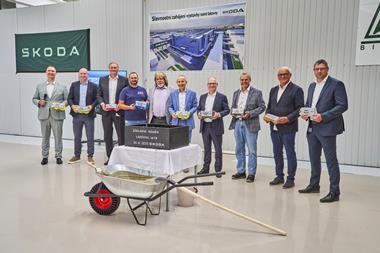Gathering clouds
By John Osborne2019-08-20T10:44:00
Cloud computing has been used for some time by carmakers, but its full potential has still to be realised in automation applications.
New, more robust industrial solutions are transforming cloud computing into a tool that is cutting costs and offering improvements in areas such as standardised design and traceability. According to a report published by consulting company Accenture: “Cloud computing could enable enhanced analytical and reporting capabilities for plant operations and plant product performance, as well as integrated monitoring of product quality and related data. Cloud computing could also be used to improve synchronisation between manufacturing and business systems, by making them more interoperable”.
Analysts at Frost and Sullivan agree that cloud technologies are helping in those areas, but say in its 2018 Automotive IIoT (Industrial Internet of Things) study that the cloud is a key IIoT enabler in the drive to create digital factories.
However, while analysts may believe the cloud is major driver, potentially offering big benefits, those charged with the task of implementing it are more cautious…











































